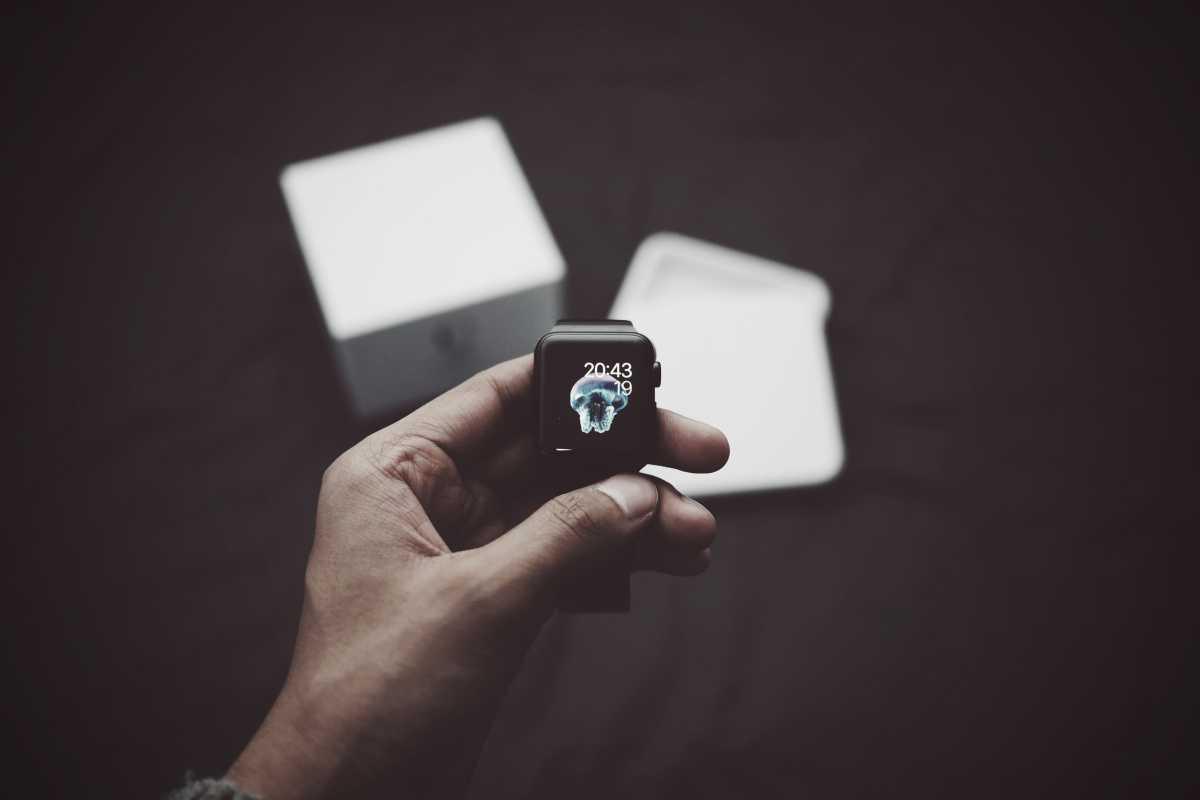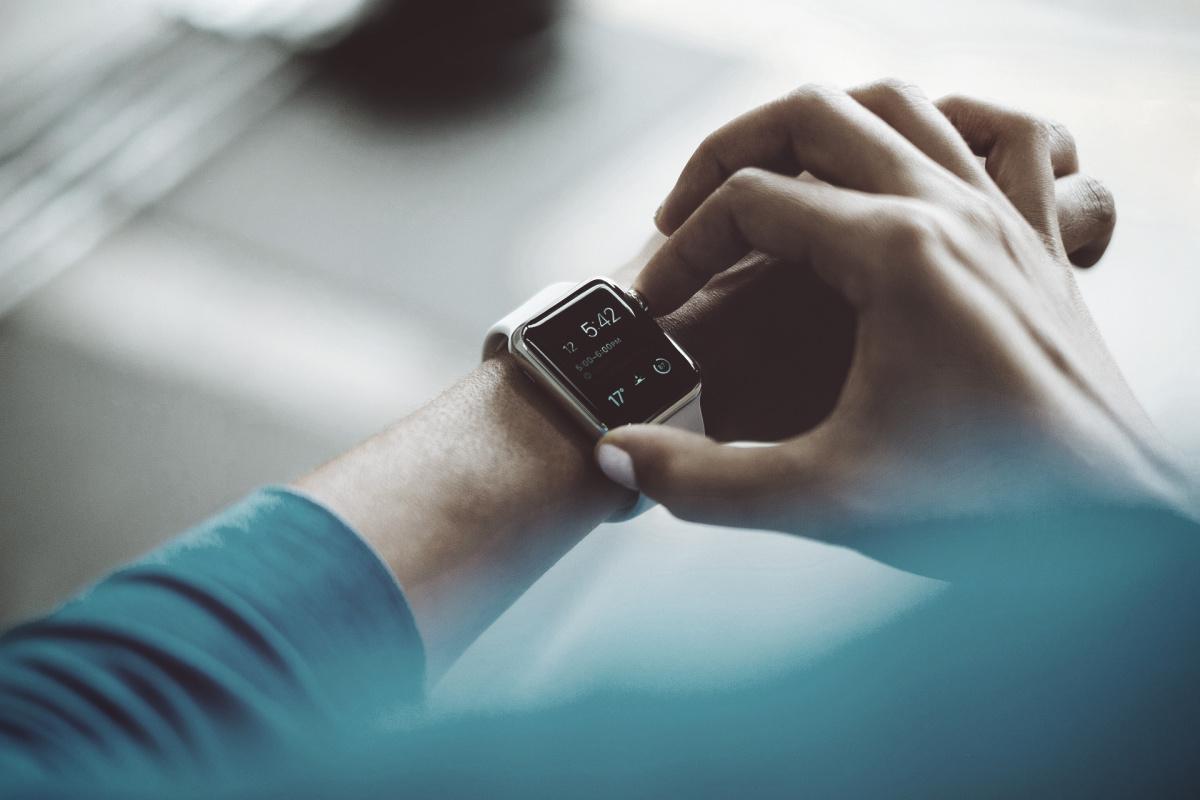Up until now, the two most well-known wearable devices have been the Google Glass and the FitBit, and I think it’s safe to say that one has been more successful than the other. While the FitBit can be seen sporadically amongst groups of everyday people, I cannot think of one single person I know who has been audacious enough to sport the Google Glass. Why has everyone shied away from such an impressively capable product created by a company that we all know and trust? I think Google really missed the mark in terms of relatability—it seems to have taken the futuristic concept and run with it, forgetting that its customers are humans, not wealthy robots. The term “Glasshole ” became popular for a reason—it’s not easy to wear this device without emitting a pretentious, Inspector Gadget aura that makes one unapproachable at best.
The FitBit, on the other hand, is a very discreet and non intrusive device that combines advanced technology with practicality, and provides a simple solution to an issue that almost everyone has concerns over: their health. On top of all this, it has a much more reasonable price point (it starts at just $60 while the Google Glass will put a $1,500 dent in your wallet).
Based on these examples, I have made an early-stage analysis on what I believe makes a wearable device a success or flop, from which you can make some predictions on what will happen with other, quickly approaching devices in this industry.
What must a wearable device do to be successful?
There are a number of things important in determining the success of a wearable device, the first concerning how “wearable” these accessories are for real, everyday people. The product should either go physically unnoticed, or be stylish and attractive enough for consumers to want to display it on their bodies, without having to have a science fiction vibe.
The device also needs to solve a problem that hasn’t already been addressed by smartphones. Smartphones and the apps that go with them are pretty amazing and have an extremely vast range of capabilities, so this is a big feat that requires a lot of creativity and innovation.
Additionally, User Experience needs to be taken into consideration–this was a major complaint that many had about the Google Glass, as it displayed images directly in the center of the users’ vision. There cannot be anything disruptive or obtrusive happening; it should simply perform its task while going completely unnoticed.
Finally, wearable devices must respect users’ rights. Many people have privacy concerns, and rightly so (this is an accessory that will literally follow you everywhere and has the power to track your every move). This sounds like the existing situation with smartphones, but in the case of wearable devices this concern is amplified, as they are even more personal and never leave one’s side.
So, if the product can manage to look good, respond to an unmet need, and be respectful of UX as well as privacy, users will certainly be interested. Additionally, if you consider the enhanced possibilities that the apps accompanying these products can bring, the chances of success are increased. Let’s take a look at the most highly anticipated item—the Apple Watch.
The Apple Watch, which has recently been unveiled, performs a number of tasks similar to the other products in its family. It serves as a fitness tracker, a payment method, a platform for displaying apps, and also provides many functionalities of a smartphone (messaging, calendar, maps, etc.). It surpasses its “predecessor” (Google Glass) in the way that it can be considered more wearable—it’s less blatant and boasts a sleek, sophisticated design. The bottom line is that you do not have to look like a techie while wearing this product, which is something that has proven to be very important to users.
My concern about the Apple Watch is that it is not serving any purpose that the iPhone does not already. This watch will most definitely not be a replacement for a smartphone, but more of a complement that should offer unique functionalities, but does it? The prime target market for this accessory is individuals who are already Apple users (the watch requires a connection to an iPhone), which means they need to be enticed by some specific aspect that is not satisfied by their mobile device alone—I’m not sure that the Apple Watch offers something like this. However, it is coming into the market with a really strong reputation backing it up, so it will be interesting to see if it takes off.
*This is demo content


